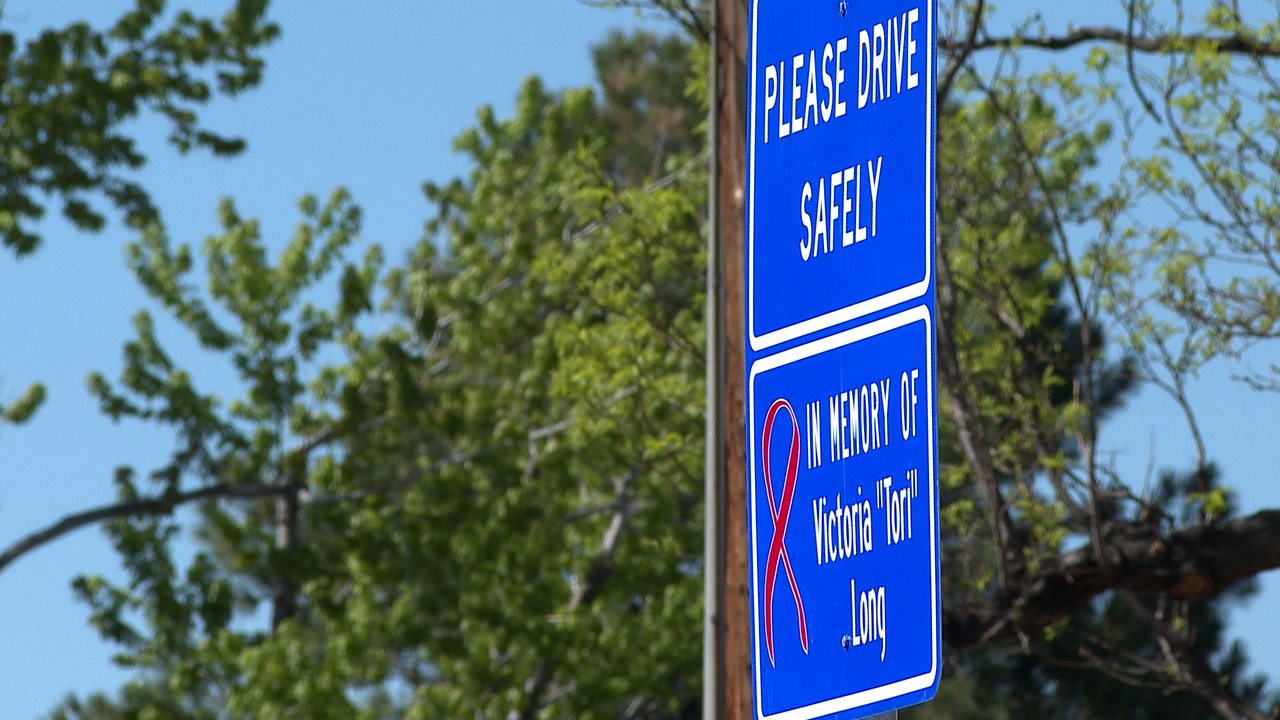DENVER (KDVR) — COVID-19 rates continue to steadily increase in Colorado over the last month. In Boulder, the city is delaying hybrid council meetings due to a significant spread of COVID-19 across Boulder County.
As COVID-19 cases are slowly but gradually increasing in Denver, health officials announced Friday that the community level has changed to yellow.
As of Monday, the state’s seven-day positivity rate was 8.61%, which is up from 6.15% two weeks ago. Positivity rate measures the amount of COVID positive tests to the total amount of tests taken.
Overall, 42 counties saw an increase in COVID-19 positivity, 13 counties saw a decrease, two counties stayed the same, and seven counties administered fewer than 10 tests.
According to the Colorado Department of Public Health and Environment, incidence rates are up over the last week.

One-week positivity rate:
Here’s a look at positivity rates for every county over the last seven days compared to rates two weeks ago:
- Adams: 8.7% (up)
- Alamosa: 4.6% (up)
- Arapahoe: 9% (up)
- Archuleta: 8.2% (up)
- Baca: 0.0% (down)
- Bent: 2.0% (down)
- Boulder: 9.5% (up)
- Broomfield: 11.5% (up)
- Chaffee: 8.2% (up)
- Cheyenne: Fewer than 10 tests over last week
- Clear Creek: 9.8% (down)
- Conejos: 1.1% (down)
- Costilla: 6.9% (up)
- Crowley: 0.9% (up)
- Custer: 9.7% (up)
- Delta: 3.2% (up)
- Denver: 8.9% (up)
- Dolores: Fewer than 10 tests over last week
- Douglas: 10.5% (up)
- Eagle: 9.5% (up)
- El Paso: 8.4% (up)
- Elbert: 12.3% (up)
- Fremont: 3.7% (up)
- Garfield: 5% (down)
- Gilpin: 10.7% (up)
- Grand: 3.4% (down)
- Gunnison: 12.5% (up)
- Hinsdale: Fewer than 10 tests over last week
- Huerfano: 2.8% (down)
- Jackson: Fewer than 10 tests over last week
- Jefferson: 10.7% (up)
- Kiowa: Fewer than 10 tests over last week
- Kit Carson: 5.3% (up)
- La Plata: 5.8% (up)
- Lake: 13.3% (down)
- Larimer: 9.7% (up)
- Las Animas: 2.3% (down)
- Lincoln: 2.6% (up)
- Logan: 2.3% (up)
- Mesa: 3.8% (up)
- Mineral: Fewer than 10 tests over last week
- Moffat: 7.2% (up)
- Montezuma: 5.9% (up)
- Montrose: 2.3% (up)
- Morgan: 2.3% (up)
- Otero: 1.2% (up)
- Ouray: 11.5% (up)
- Park: 14% (up)
- Phillips: 0.0% (same)
- Pitkin: 5.3% (down)
- Prowers: 0.0% (down)
- Pueblo: 3.9% (up)
- Rio Blanco: 3.4% (up)
- Rio Grande: 1.2% (down)
- Routt: 14.9% (up)
- Saguache: 0.0% (down)
- San Juan: Fewer than 10 tests over last week
- San Miguel: 9.4% (up)
- Sedgwick: 0.0% (same)
- Summit: 17.6% (up)
- Teller: 8.1% (up)
- Washington: 4.5% (up)
- Weld: 9.9% (up)
- Yuma: 2.7% (up)
What is the positivity percent?
According to Johns Hopkins Bloomberg School of Public Health, the percent positive is exactly what it sounds like: the percentage of all coronavirus tests performed that are actually positive, or: (positive tests)/(total tests) x 100%. The percent positive (sometimes called the “percent positive rate” or “positivity rate”) helps public health officials answer questions such as:
- What is the current level of SARS-CoV-2 (coronavirus) transmission in the community?
- Are we doing enough testing for the amount of people who are getting infected?
The percent positive will be high if the number of positive tests is too high, or if the number of total tests is too low. A higher percent positive suggests higher transmission and that there are likely more people with coronavirus in the community who haven’t been tested yet, Johns Hopkins shared.

